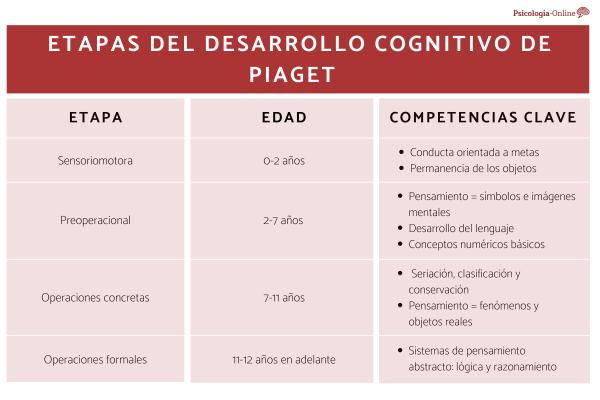
The learning process is a very complex phenomenon and more so in human beings.
Regardless of how old the person is, and whether they are being educated at school or only through other means, learning means mobilizing a large amount of resources both in our body and in the way we interact with the environment and with others. the rest.
Therefore, to try to better understand how we manage to adapt to the environment, learning is often subdivided into several types of learning, each of which has its own characteristics. In this article we will see what it is rote learning what are the characteristics that define it, and several examples.
What is rote learning?
Although all forms of learning are related and often overlap with each other, what characterizes rote learning is that everything is based on retain information as accurately and literally as possible without trying to create an interpretation of this that is easier to link with the knowledge we already have and that is therefore easier to “save” in memory.
Consequently, rote learning prioritizes accuracy over flexibility when interpreting new information that we must integrate into our memory.
Thus, rote learning usually requires a conscious effort to remember something, and good management of attention so that other stimuli or memories are not mixed with the experience of memorizing.
Furthermore, it must be taken into account that rote learning It is practically the opposite of meaningful learning and consequently there are many differences between the two.
While rote learning is based on the integration of memories that are as faithful as possible to the information with which we came into contact the first time we set out to memorize it, in meaningful learning the most important thing is to develop our own network of concepts and memories that They explain in the best possible way what we must learn, without worrying so much about fidelity to the original.
Characteristics of this memorization process
Among the characteristics of this type of learning we find the following.
1. Requires voluntary effort
In this way of learning you have tomake an effort to memorize elements and at the same time concentrate in this task, so that attention
2. It uses various types of memory
Several types of memory are involved in rote learning, which, working at different rhythms, allow the information to be consolidated in the brain.
For example, on the one hand there is working memory, which serves to mentally manipulate ideas and concepts seconds after coming into contact with these novel elements; then this information goes to short-term memory, which lasts several hours, and finally, if memorized well, This passes into long-term memory, which functions for months or years
3. Create mental representations that are as faithful as possible
In rote learning, all behavior that is aimed at maintain a mental representation faithful to the original concept to memorize. Anything that has to do with distorting this representation is discouraged.
4. Create imperfect memories
This characteristic is typical of all types of learning, and has to do with the fact that All memories become distorted as time goes by unless it concerns certain contents of semantic memory (which contains vocabulary such as the word “Russia”).
Consequently, the fidelity sought with rote learning is relative; it is not intended to retain that exact information forever.
Techniques to learn this way
These are some of the most used rote learning techniques:
Repetition
Consists in repeat over and over again the reading or pronunciation of the contents to be memorized first very frequently and progressively less frequently.
Phonetic approximations
This technique is based on searching for an association between the words to be memorized and others that are already known, whose words have a similar pronunciation and that we can relate to the new concepts in some way.
History method
This consists of drawing up a narrative created by us that allows unite all the words to remember in the same narrative thread
mental tests
In this case, we review by asking ourselves questions that we must answer based on what we have studied. In this way, we discover things that we did not know or had forgotten, by going over again to do better next time.
Advantages and disadvantages
It is common to find criticism of the idea of learning from memorization, but we must keep in mind that rote learning It is very important in many aspects of life For example, it is impossible to learn a new language if you do not use techniques adapted to rote learning, and the same goes for many aspects of general culture.
Thus, the key is to know the advantages and disadvantages of rote learning to know when it should be encouraged and when other methods should be favored.
For example, the main drawbacks of rote learning are that it requires somewhat monotonous and mechanical methods based on repetition and review of content already seen. This can make it boring since each new repetition provides little more than the consolidation of the memory, something that in itself does not have to be very stimulating.
The advantages of rote learning, for their part, are that it allows you to learn a wide variety of elements using very similar methods that are easy to master once the habit has been generated, on the one hand, and that its fruits are noticeable in a short time. term as long as the corresponding time and perseverance are invested in it.








